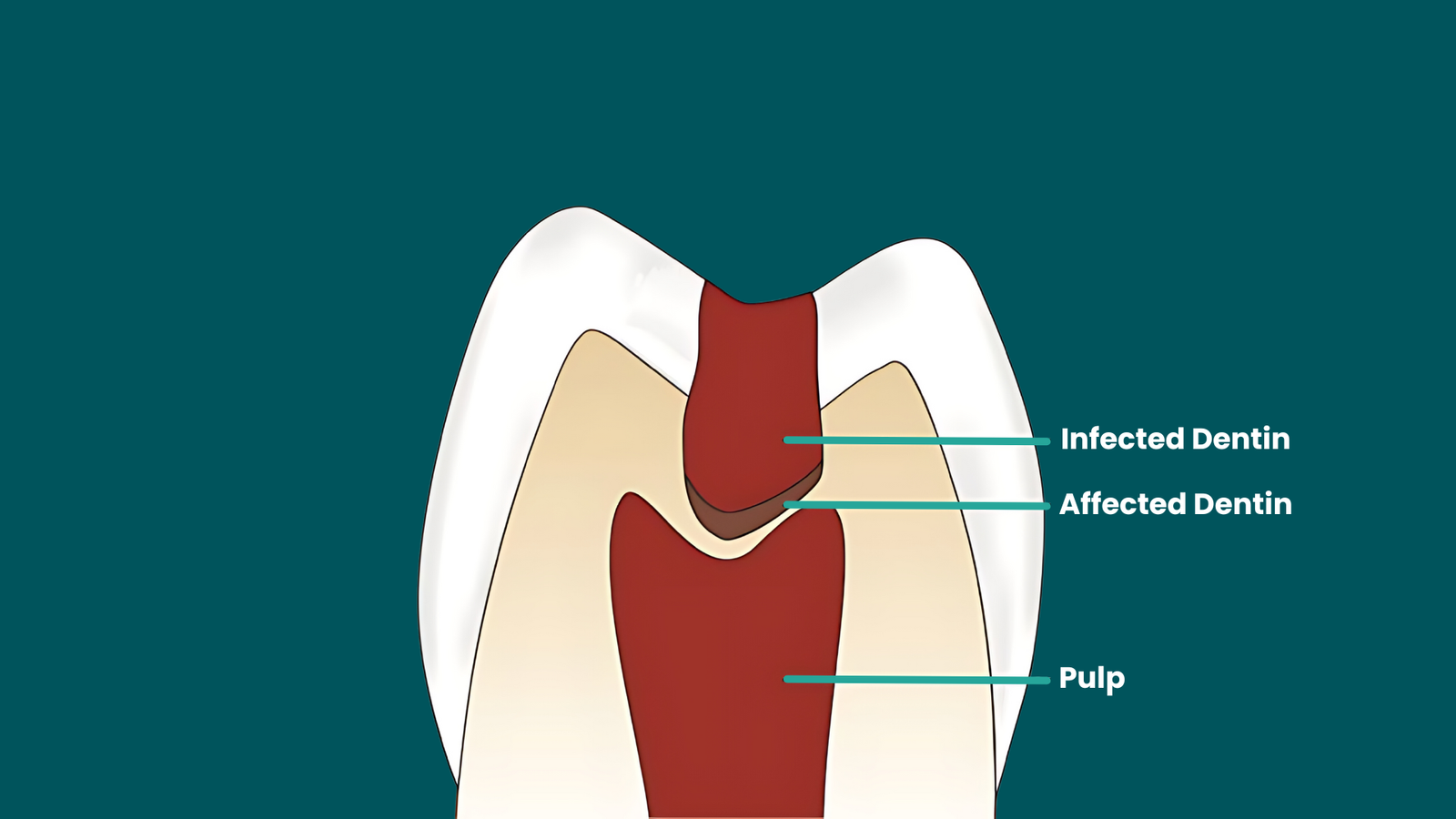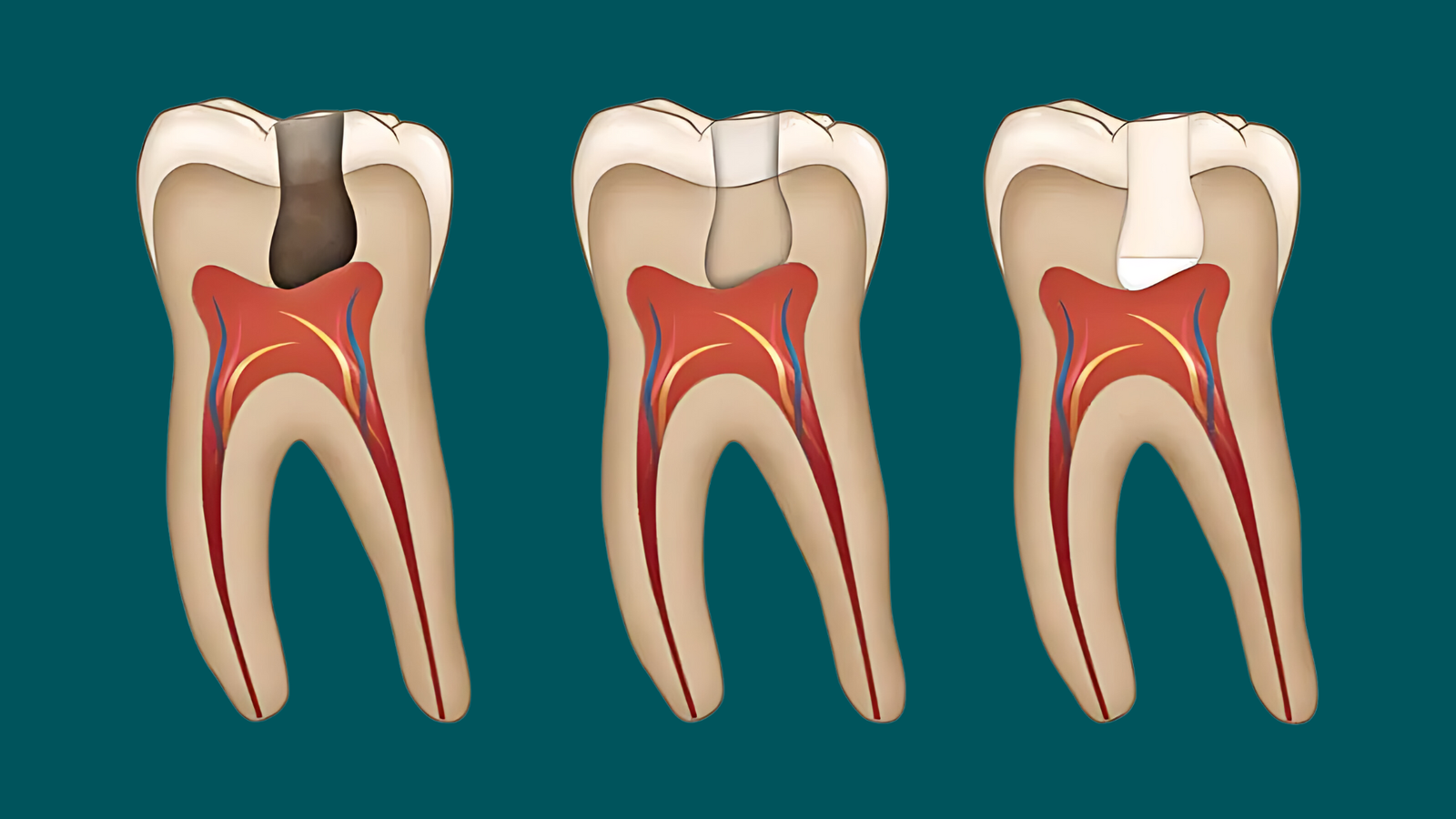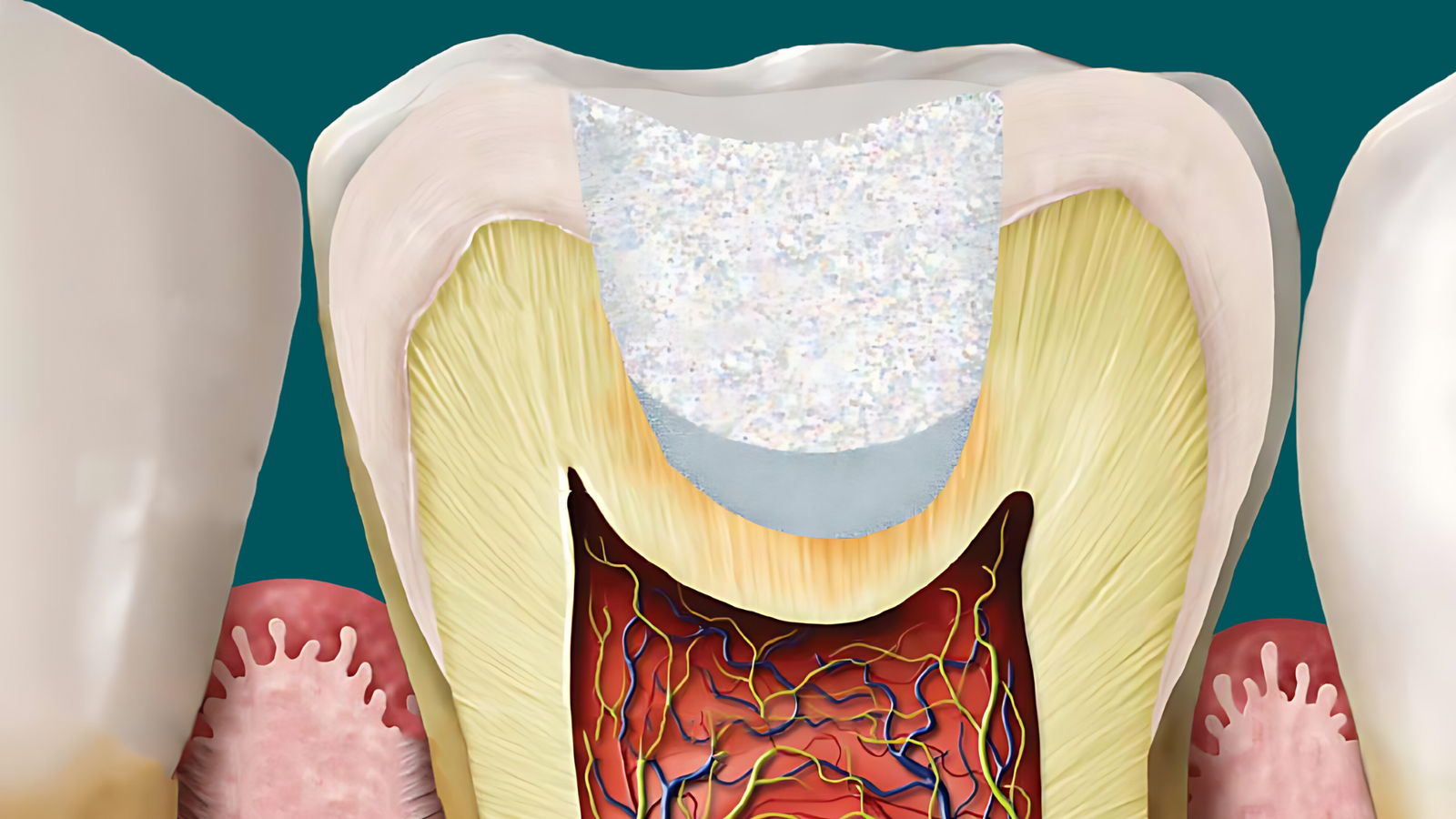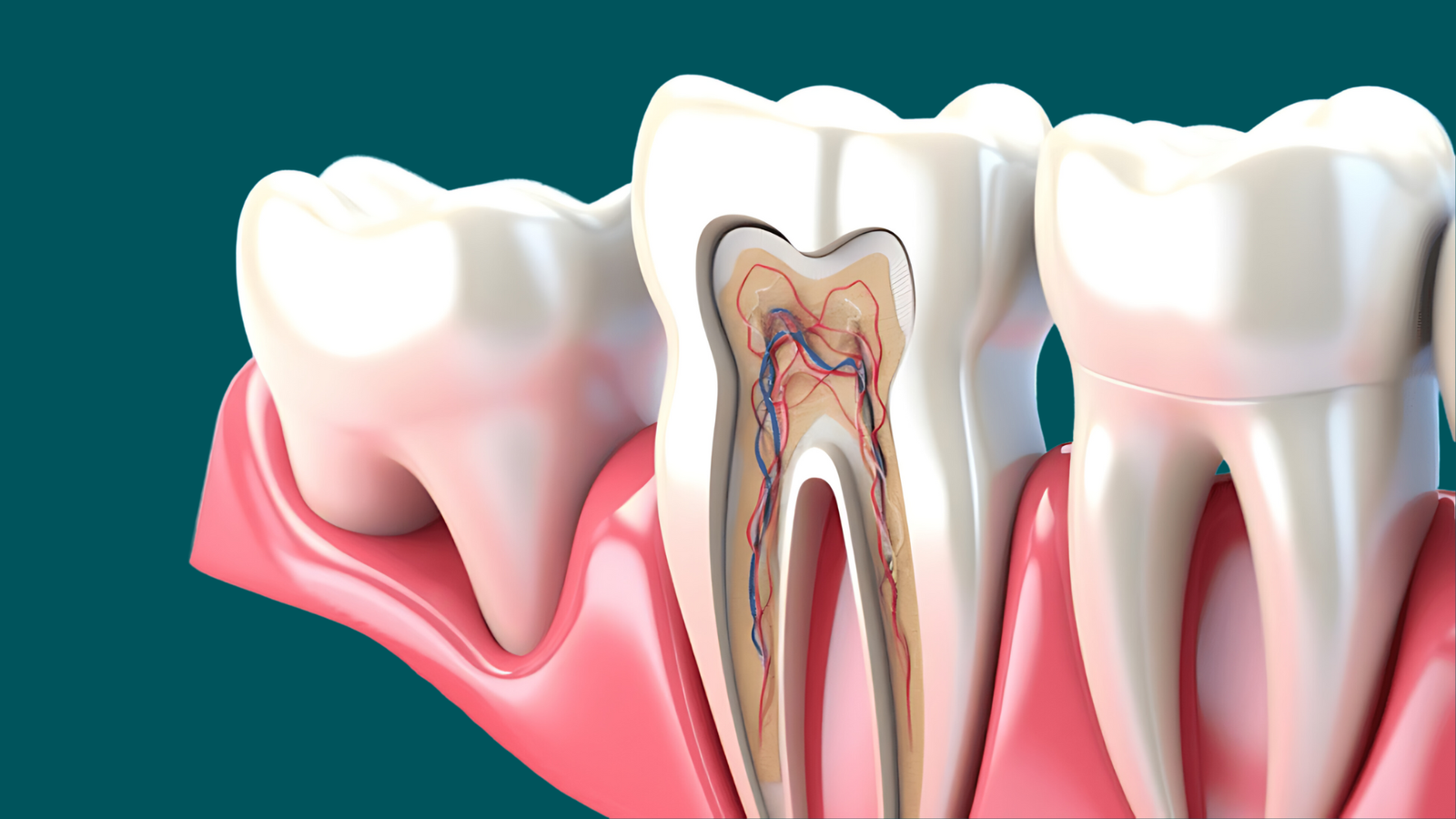Pulp Capping
Preserving vitality when possible.
Discover more below.
Pulp Preservation
Regenerative Potential
Preventative Care
In a glance.
Consider When
- Dental decay or trauma has nearly exposed the pulp.
- The tooth's structure and pulp are largely intact and infection-free.
Consider Other Options If
- The pulp is already exposed and exhibits signs of irreversible inflammation or infection.
- The structural integrity of the tooth is compromised beyond the scope of pulp capping.
The Benefits
- Avoids the need for more extensive procedures by treating early and effectively.
- Supports the tooth's ability to heal naturally, potentially extending its longevity.
The Drawbacks
- May not be suitable for all cases, particularly where infection is evident.
- The outcome can depend on the precise application and materials used.
Learn the process.
1. Initial Assessment
The extent of decay is evaluated, and current symptoms are identified.
2. Decay Removal
The decayed and infected portions of the tooth are carefully removed while preserving healthy tooth structure.
3. Pulp Capping
An advanced dressing, such as MTA, is applied to protect the pulp and encourage dentin formation.
4. Restoration
The tooth is sealed with a high-quality dental restoration to ensure a secure, bacteria-tight barrier.
Follow Up
The tooth is re-assessed at a subsequent appointment to confirm healing and treatment efficacy.
Learn More
In-Depth.
Infected Dentin
Affected Dentin
Indirect Pulp Capping
Direct Pulp Capping


What's next?
A message from Mirage Dental Clinic.
Steps and care.
Before a pulp-capping procedure
After pulp-capping procedure
Frequently asked.
Recovery starts immediately, with new dentin formation typically beginning within 30 days.
In cases where pulp capping does not prevent further decay or infection, root canal therapy may be necessary.
Speak with our dentists.
Alternative Options.
Discover other endodontic treatments that may be effective for you.


